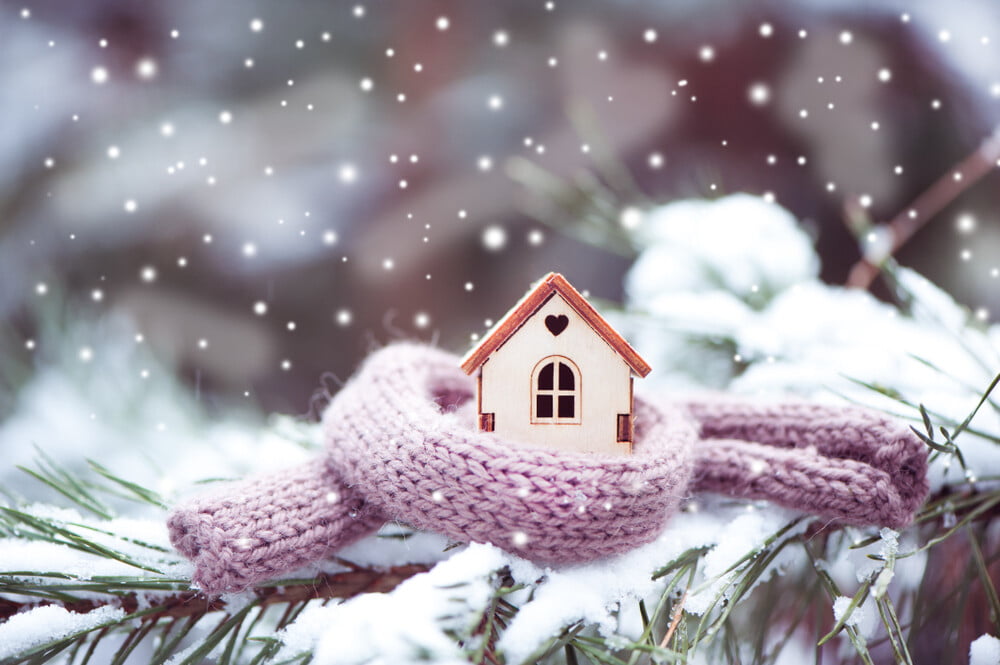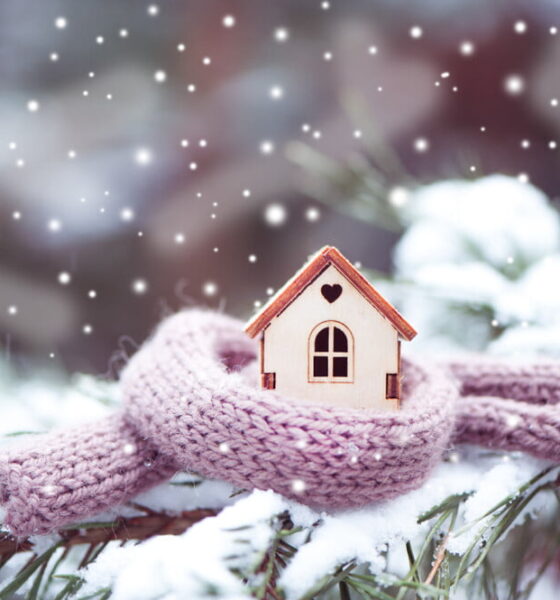

Environment
Preparing Your House For Winter: The Ultimate Checklist
When the weather becomes colder, it might be time for you to do some maintenance or adjustments to your home. By going through the right steps, not only will you be able to protect your home from the harsh elements, but you will also increase your comfort level.
Here are some projects that will help you comfortably ease into winter, without any issues. Bear in mind that the earlier in fall you start, the better it will be.
Add a Heater
This is quite an obvious step, but if you don’t want to freeze during winter, you might want to energy saving electric heaters. The choice is yours: you might go for floor heating, baseboard heating, electric or hot water systems – whichever you believe is most suitable for your home.
Keep your budget in mind – but even if the investment is costly right now, it might save you money in the long run. For example, heaters with programmable or sensor-type thermostats might be a bit more expensive, but you will get your money’s worth back with the saved energy.
Get a Humidifier
You may be thinking, why would you need a humidifier when there’s so much snow going around? Snow’s just frozen water, so there shouldn’t be a problem, right? Wrong. Exactly because everything is frozen, the air tends to get quite dry and harsh during winter – practically freezing all the moisture around.
When the air is dry, the efficiency of your heating system can also be reduced. Not only can the incorrect humidity level damage your unit, but it may also make the air feel even colder – causing you to use even more energy. Ideally, you should make sure that the humidity level stays between 30% and 45% so that it does not lead to any adverse effects.
Prep the Fireplace
Just like the furnace, your fireplace may have been neglected for quite some time. Soon, you will have to use it again – so, if you haven’t cleaned your fireplace in quite some time, it’s high time that you do it now.
Since this task is quite complicated and dangerous to do by yourself, you might want to call for a chimney sweep to take out the soot and other accumulations that have no business there. You might also want to screen or cap the top of your chimney, to keep the birds and rodents away from it.
Inspect Your Furnace
Your furnace has likely not been used as often – so, with winter approaching, you might want to contact some HVAC professionals to give your furnace an inspection. The chances are that you will have to clean the ducts and have the residue removed.
One good idea would be to buy enough filters for your furnace and change them every month. If you have a non-programmable thermostat, you might want to make a switch to a non-programmable model instead. This way, you may set the thermostat for the specific season, and it may also tell you exactly when you have to change the filters.
Check Your Windows and Doors
Not only is this step very important for your health, but it is crucial for your budget as well. When the cracks of your windows and doors are not properly sealed, you might just end up losing heat constantly. This will cause your heater to work overtime to make up for the lost heat.
If you see any cracks in the glass, you might want to replace it. If you also have a basement in your home, make sure that everything is sealed. Ideally, you should protect the windowsills with a plastic shield. It might not seem like much, but even if a little heat escapes, it will cause discomfort in your home.
Reverse Your Ceiling Fan
If your ceiling fan does not have a reverse switch, you might want to choose one that has. Remember, hot air will always rise and accumulate at your ceiling. When turning on your ceiling fan, the blades should go in a clockwise direction, pushing the warm air back into the room. Because of this, you may even be able to turn your thermostat down by a degree or two, allowing you to save money on energy.
Insulate the Pipes
Your garage, basement, and crawlspaces are the likeliest spaces for you to find uninsulated pipes. Come winter, these pipes can freeze up and burst – and the last thing you need when it’s freezing outside is a leaking or burst pipe. To prevent this from occurring, you might want to make use of foam tuber sleeves to keep those pipes insulated. Plus, as a bonus, you will notice less heat loss during winter.
Prep Your Air Conditioning
With the winter coming, you won’t need your air conditioner anytime soon unless you have the best through the wall air conditioner with heat. However, it’s exactly because of this that you should give it some tender loving care. Since you won’t be using it, you need to prep it in a way that it won’t become damaged during winter.
The first thing you should do is drain the hose of your air conditioner. This will prevent the unit from freezing in low temperatures. For the same reason, you might want to remove any water that has potentially gathered in the drain pan. For even better protection, you might want to use a cover to protect it from water, snow, or even dust.
Final Thoughts
Winter preparation starts as early as the beginning of fall. You can never know when the weather is suddenly going to get cold. So, when it does, you want to be ready. Most of these tasks can’t be done if winter has already arrived.


















